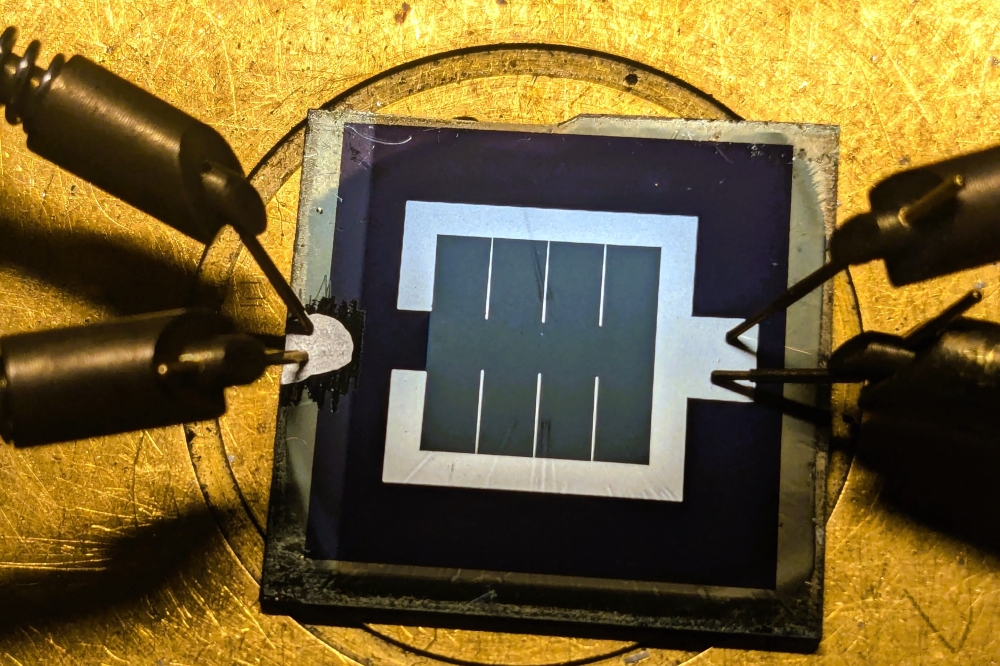Macom and MIT Field test Next Gen Phased Array Radar
![]()
RF, microwave, and photonic semiconductor company Macom and the Massachusetts Institute of Technology (MIT) Lincoln Laboratory, have announced successful field tests of Multifunction Phased Array Radar technology (MPAR). The first MPAR-based system was successfully deployed by the National Severe Storms Laboratory in Oklahoma, USA.
MPAR technology, a dual-polarized S-Band (2 to 4GHz) system, integrates eight separate existing radar functions into a single multifunction platform that performs terminal air surveillance, en-route air surveillance, weather radar and terminal Doppler radar.
Developed by MIT Lincoln Laboratory under sponsorship of the Federal Aviation Administration (FAA) and National Oceanic and Atmospheric Administration (NOAA), the system uses an array of Macom-manufactured phased array tiles (based on GaAs MMICs) to transmit and receive pulses of radar energy to detect and track weather systems, while at the same time providing civil air surveillance.
Used by NOAA, MPAR-based systems can increase forecast accuracy for severe weather events such as tornadoes and facilitate earlier major storm warnings. It can also be used in air traffic control. Upgrading to MPAR-based systems, it is hoped, will provide improved awareness in air traffic patterns, increasing safety and flight efficiencies.
"This successful test deployment is a significant milestone for the MPAR technology initiative, demonstrating the maturity of the technology and the manufacturing processes that underpin it," said Doug Carlson, Vice President of Strategy, Macom. "The next step is to move to volume commercial manufacturing that can support the scale of production of civil and defense deployments in the field."
"MPAR technology holds great promise for weather and civil aviation radar applications, and will ultimately improve the safety and security of citizens across the nation," said Jeff Herd, group leader for RF Technology, MIT Lincoln Laboratory. "The successful MPAR field testing is an important step forward in demonstrating the commercial and functional viability of this sophisticated technology."


































